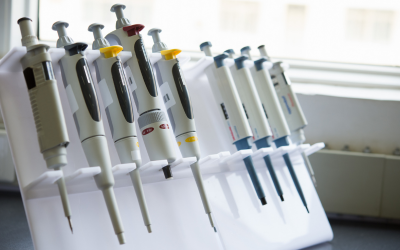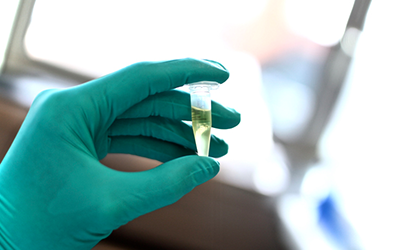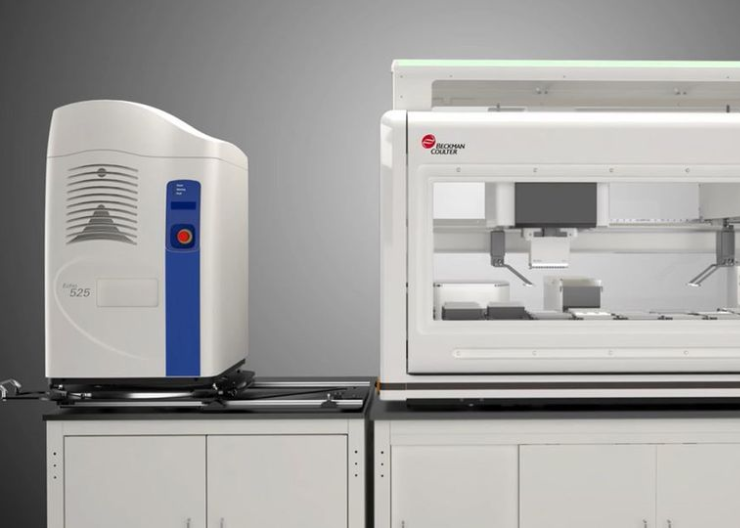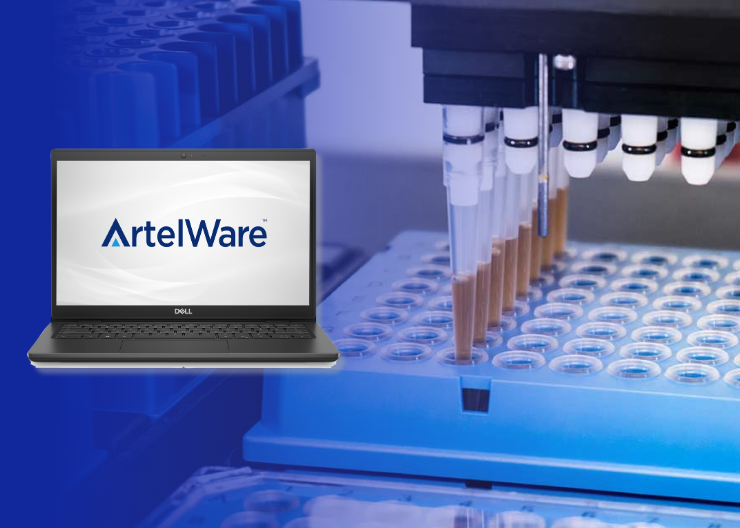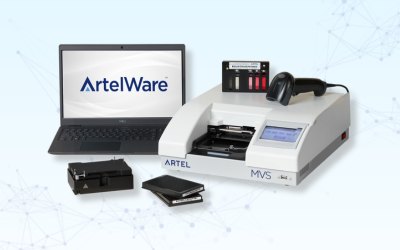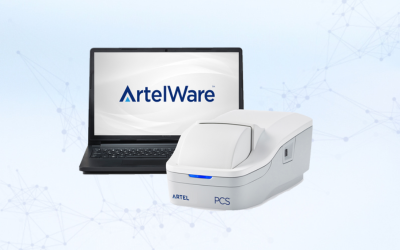Don’t Forget To Use Relevant Verification Methods
This may seem like an obvious piece of advice, but it’s one of those little things that can get missed in busy labs—when verifying your automated liquid handlers, don’t forget to use relevant verification methods and make sure they match your currently-used test methods. When I use the term “methods” here, I’m referring to the collection of little details—including method-specific tip-type, source reservoirs, plate type, and a multitude of other liquid class variables (aspirate and dispense rates, wet vs. dry dispense, etc.)—that are important for completing the work done by a particular robot. Such details may be different for each test method executed by that robot. My colleagues and I believe that robots should have their performance verified in the way they are used in the laboratory, that is, in accordance with the test methods they are currently utilizing. Sounds simple, but it can be easy to lose track of such details in a busy lab.
I was reminded of this advice and inspired to share it because of an incident at a recent automated liquid handler performance verification I was doing as part of Artel’s Liquid Handling Service. The automation lab mentioned that they were having trouble with a particular robot and asked if they could watch how I check the volume transfer performance. I said, “Of course.” I verified the instrument following the method on record and, to their surprise, it performed beautifully.
“Oh,” said my contact in the laboratory, and I could see the lightbulb turning on, “we don’t use those types of tips anymore.”
The verification I performed looked good, but was irrelevant to the day-to-day test methods the instrument used because the automation lab had not updated the verification method to include the new type of tips. By re-running the verification using updated methods and relevant tip type, we were able to reproduce the problems seen by the automation lab. Further digging revealed the problem—the software had not been updated for the new tip height. By fixing the tip height in the liquid handler’s settings, and then re-running the verification, the results now showed that the robot was performing to specifications using the exact assay conditions that it was currently running every day.
Left hand, meet right hand
Many labs start out by using the same methods during verification that they typically run, however, as the lab in my example realized, test methods evolve and change. And in today’s busy labs, it’s no surprise that this small but important piece of information can get lost between verifications. My recommendation is that before you run a verification, first double check that the method(s) you’re going to use are up-to-date and consistent with typical instrument use. Just make it part of your pre-verification checklist, right along with assembling the necessary materials.
Why methods matter
Just because your automated liquid handler performs well under certain conditions doesn’t mean that it will perform up to your specifications under all conditions. The types of liquids you’re using matter. So do the target volumes you’re pipetting, the tip types, plate types, humidity, temperature…all of these different factors affect liquid handling. Which is why the robot in my example did great in the initial verification but performed poorly during regular use.
A related technical poster poses the question: “do you really know how your robot is behaving, and particularly, do you really know how your robot is performing your assays?” By verifying your robot’s performance using the same methods it typically runs, you’ll have a better gauge of how well it’s doing during daily operation and gain more confidence in the data it produces.
So don’t forget to update your methods before verifying the performance of your liquid handlers—you’ll get a better handle on your liquid handler’s performance.


